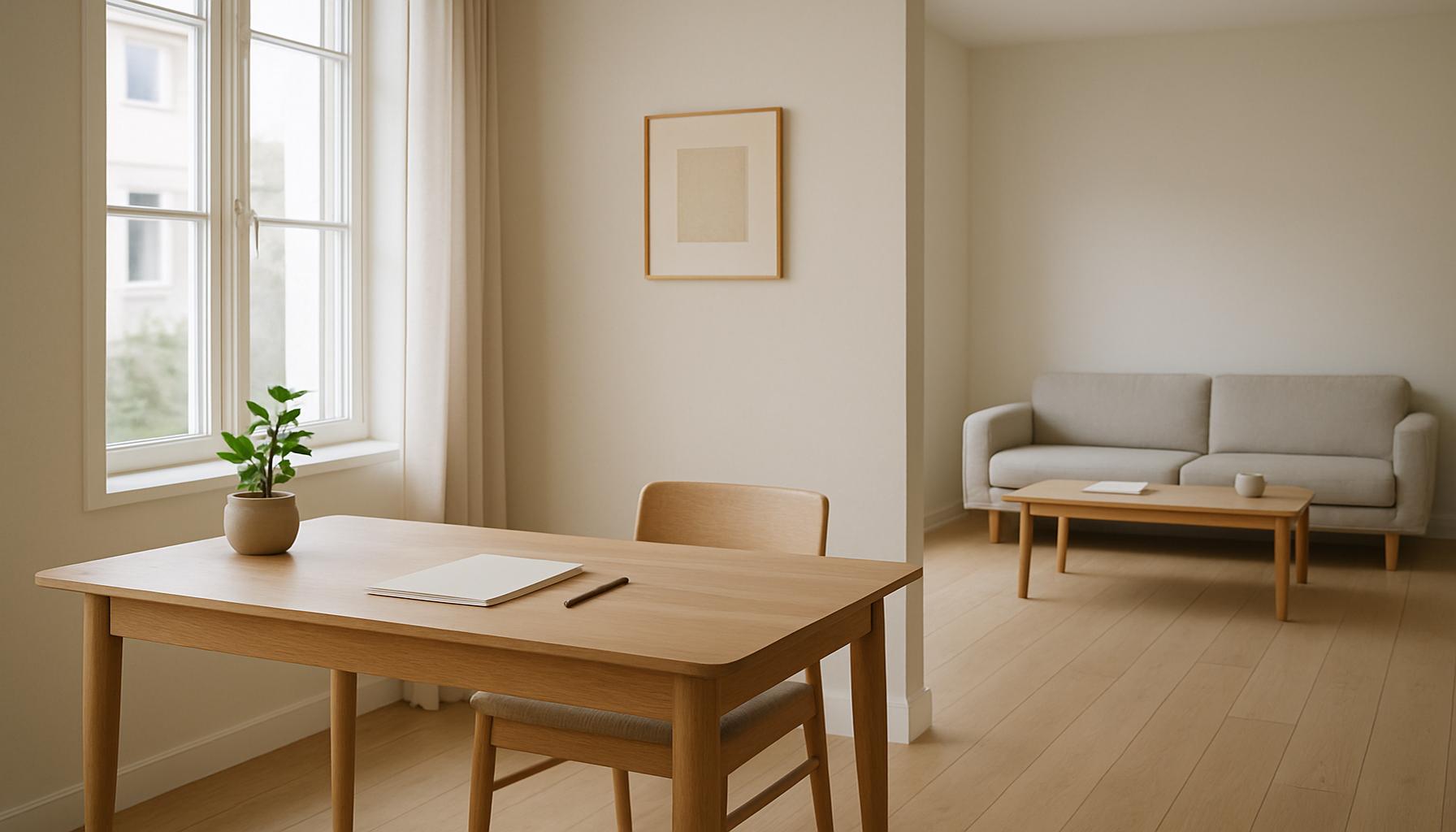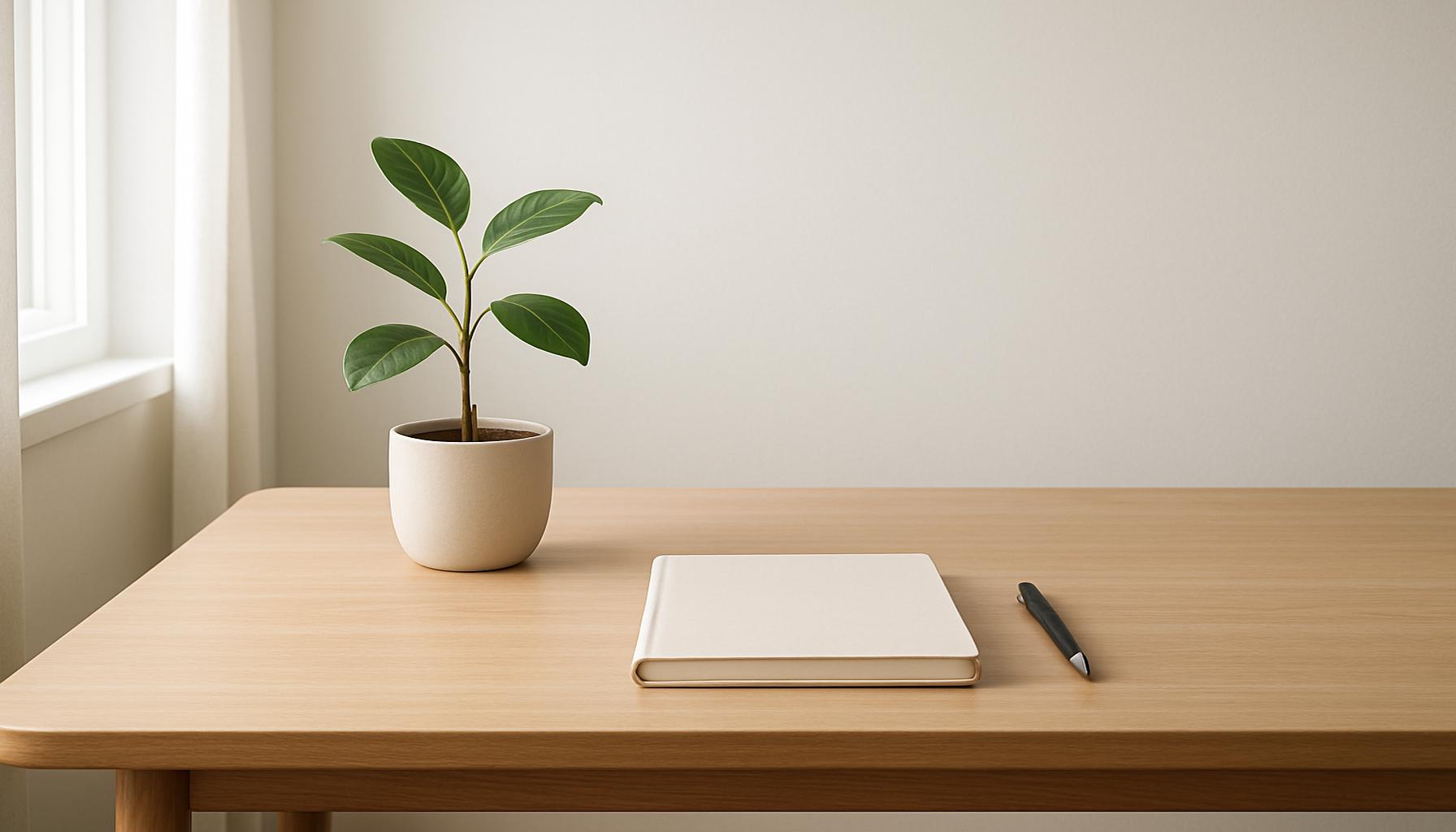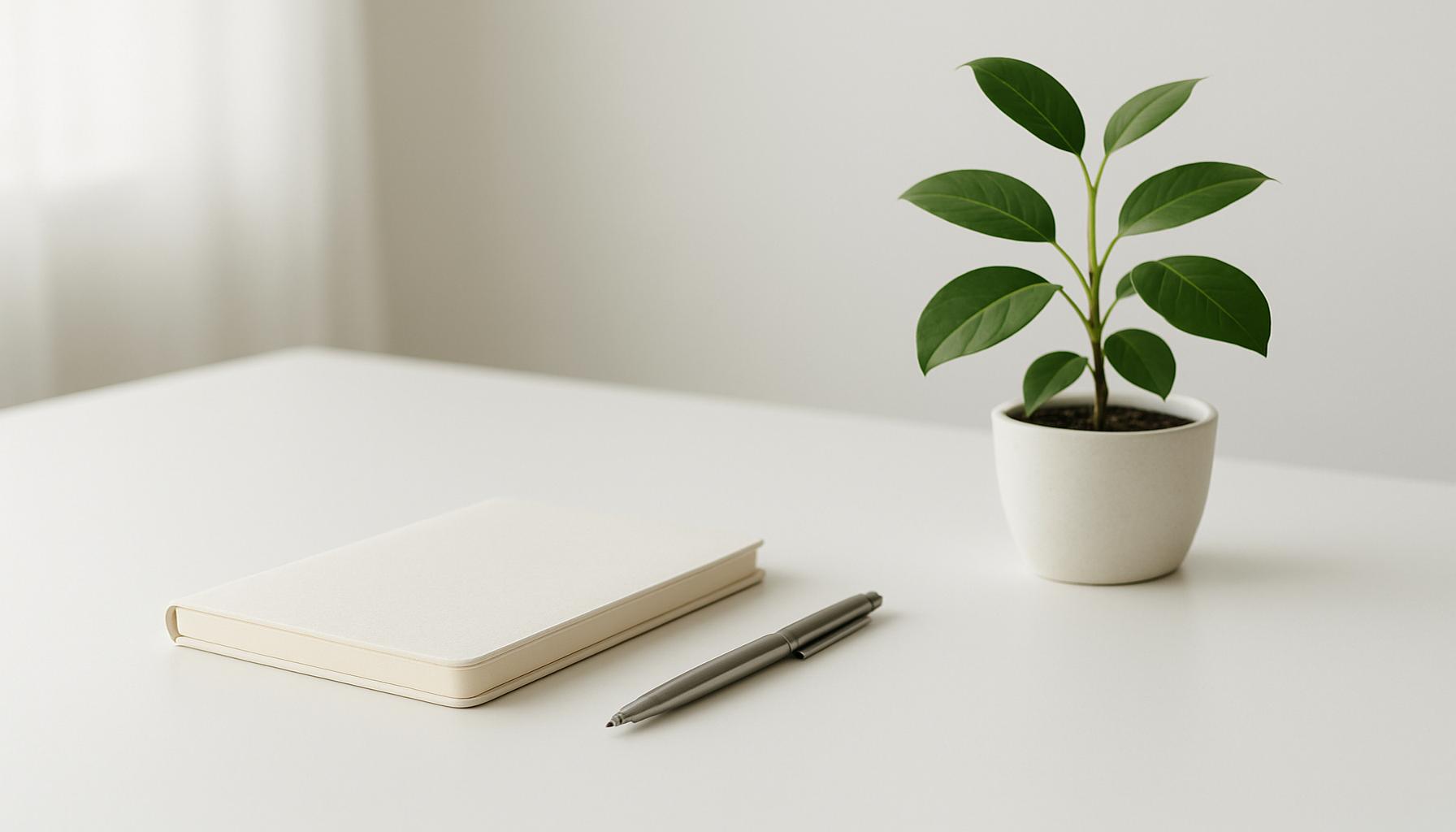Deconstructing Multitasking: How Minimalism Can Help Focus on One Task at a Time
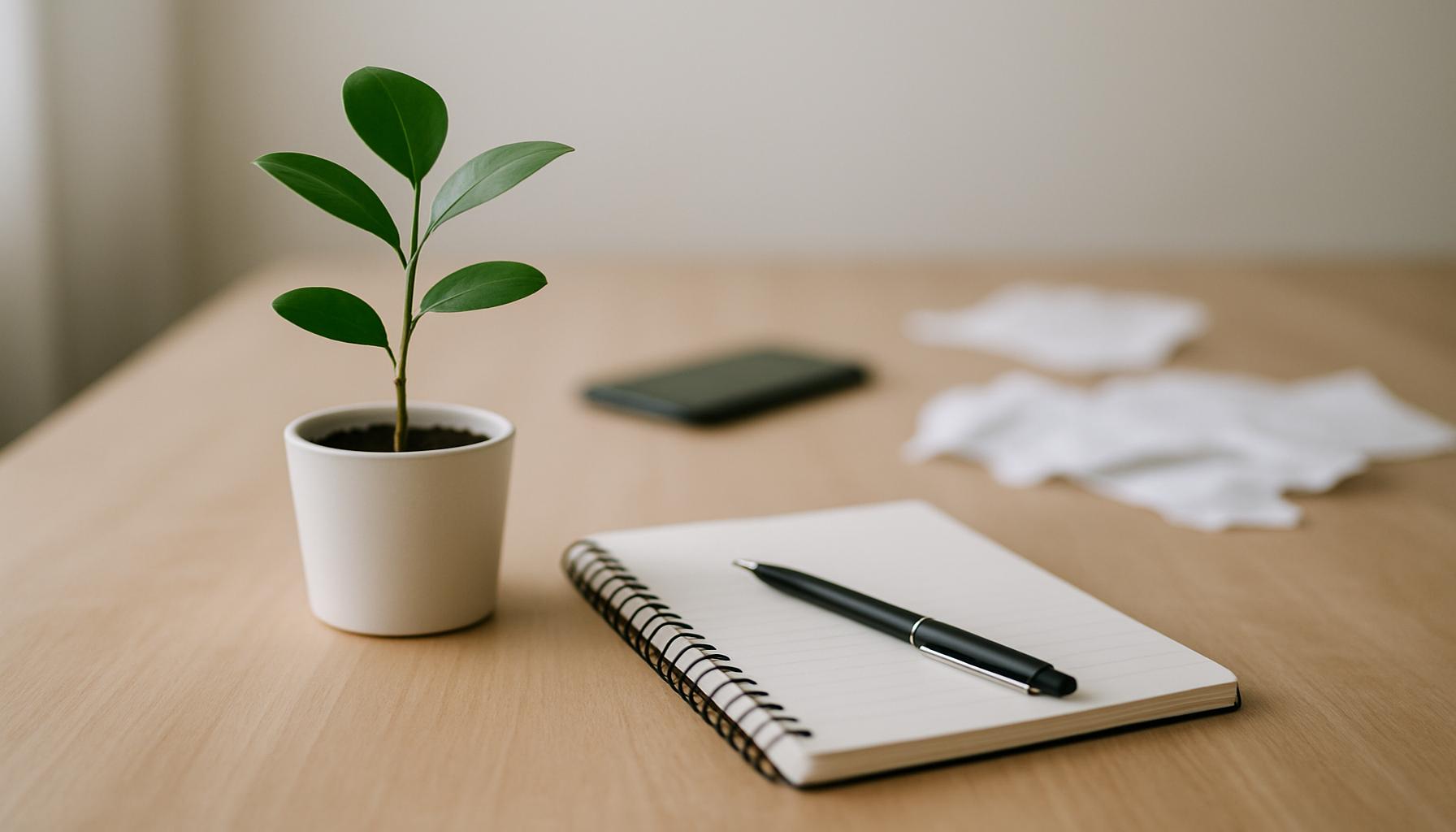
Reevaluating Our Daily Dynamics
Our modern society often glorifies multitasking, portraying it as a hallmark of productivity and efficiency. From professionals handling emails while attending meetings to students studying for exams while scrolling through social media, the ability to manage several tasks concurrently seems like a necessary skill. Yet, extensive research has consistently debunked this notion, revealing that engaging in multiple tasks simultaneously can hamper our productivity and cognitive function.
Consider these eye-opening facts:
- According to a study published in the “Journal of Experimental Psychology,” multitasking can reduce productivity by as much as 40%. This staggering figure highlights that our brains are not wired to handle several high-concentration tasks at once.
- Task-switching can cause cognitive overload, leading to increased stress levels and feelings of overwhelm. A workplace survey by the American Psychological Association noted a marked increase in stress among workers constantly juggling multiple responsibilities.
- Prominent companies like Google and Apple have adopted policies that emphasize focus and single-tasking to enhance productivity. These businesses understand that quality often trumps quantity when it comes to output.
Whether it’s professionals grappling with tight deadlines or students managing numerous assignments, the lure to multitask often leads to diminished returns. This leads us to an alternative approach: minimalism. Embracing a minimalist mindset allows individuals to streamline their tasks and environments, leading to enhanced focus and improved effectiveness.
But what exactly does minimalism look like in practice? Here are some actionable steps to integrate this philosophy into your routine:
- Reducing distractions in your workspace: This could involve decluttering your desk or utilizing apps that limit notifications during work hours.
- Prioritizing a manageable number of tasks each day: Focus on completing three to five essential tasks, rather than creating exhaustive to-do lists that can feel overwhelming.
- Incorporating structured time blocks to enhance focus: Techniques such as the Pomodoro Technique, which involves working for 25 minutes followed by a 5-minute break, can help improve concentration and stave off fatigue.
Are you intrigued by the potential benefits of minimalism? The transition from distraction to focus is a deliberate journey that starts with small, intentional changes. As you delve deeper into the transformative power of concentrating on one task at a time, you may discover a remarkable difference in your productivity and overall well-being. By embracing minimalism, you may not only enhance your output but also cultivate a more serene psychological environment that fosters creativity and resilience.
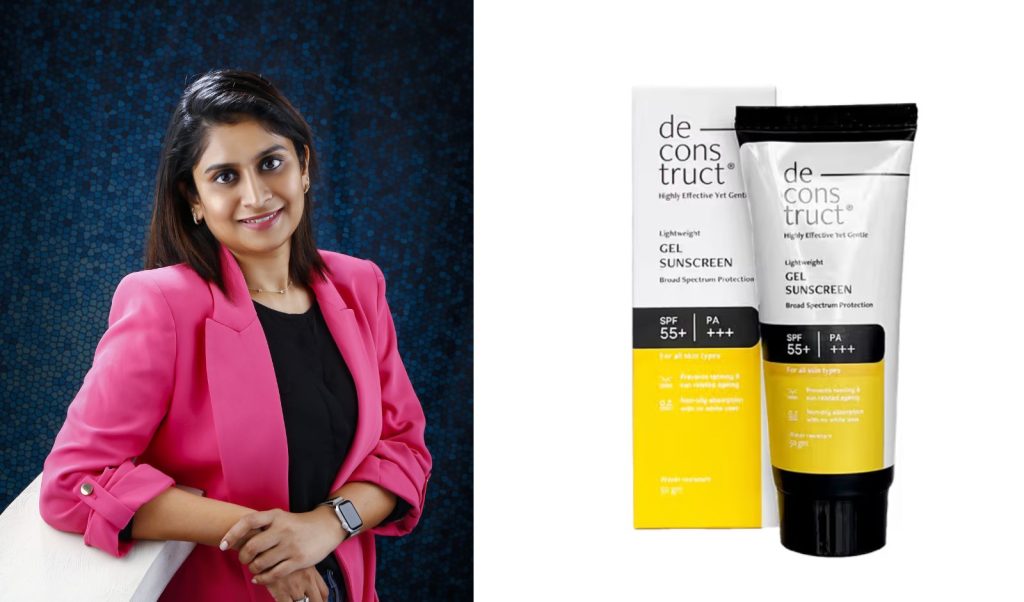
DISCOVER MORE: Click here to enhance your mental clarity
The Simplicity of Focus
In a world where input floods us from every direction—be it through smartphones, notifications, or competing priorities—the art of focus has become a rarity. Multitasking is often celebrated, making it easy to overlook the profound benefits that can come from a minimalist approach to our daily tasks. To understand how minimalism can recalibrate our concentration efforts, we must first recognize the toll multitasking takes on our cognitive resources.
Our brains operate in a remarkably complex manner, yet they are not designed for the kind of switching that multitasking necessitates. Neuroscientific research unveils that each time we shift our attention from one task to another, we experience a brief cognitive delay, often referred to as the switching cost. This leads to a staggering decline in efficiency: a report from the American Psychological Association indicates that this can consume up to 20% of our effective working time. With myriad distractions colliding in our busy lives, it is no wonder that many individuals report feeling less productive and more fatigued.
To combat this spiraling cycle, a shift toward minimalism—defined not just by reducing physical clutter but also by simplifying our mental load—can lead to effective task management. Here are key strategies that individuals can employ to embrace this mindset:
- Establish Clear Boundaries: Define specific times for work and leisure, allowing for uninterrupted periods of focus. This promotes a sense of intentionality and helps to overcome the challenges of constant distractions.
- Declutter Digital Spaces: Clean up your digital workspace; unsubscribe from useless emails and turn off non-essential notifications to create an environment conducive to focus.
- Limit Task Lists: Instead of bombarding yourself with an exhaustive list of tasks, refine it to a prioritization of three to five critical items each day. This clarity allows for concentrated effort instead of scattered energy.
By implementing these strategies, individuals often find a surprising enhancement in their engagement with tasks. When we cut down the excess and confer priority to pressing obligations, we cultivate a space that not only invites focus but also reduces feelings of anxiety and overwhelm. Research suggests that minimalist practices can lower stress levels significantly, allowing people to approach their responsibilities with renewed vigor.
As we delve further into the evidence supporting minimalism’s efficacy, it becomes clearer that this approach transcends simple task management. By nurturing a focused mindset, we may not only experience increased productivity but also foster a healthier, more balanced lifestyle—one where creativity can flourish amidst a backdrop of intentional simplicity.
| Advantage | Explanation |
|---|---|
| Increased Productivity | By embracing minimalism, individuals can significantly enhance their productivity levels. This is achieved by allocating their cognitive resources to one task, minimizing distractions that often arise from multitasking. |
| Enhanced Focus | A minimalist approach fosters an environment conducive to concentration, allowing for deeper engagement with less mental fatigue. This method not only sharpens focus but also cultivates a sense of fulfillment from completing tasks efficiently. |
The essence of deconstructing multitasking lies in understanding that our brains are designed for single-task focus. The pervasive culture of multitasking often leads to diminished returns on productivity and mental clarity. Adopting a minimalist mindset paves the way to uncluttered thinking, where individuals can prioritize their tasks effectively. It encourages setting clear goals, simplifying environments, and reducing the number of simultaneous tasks, leading to an overall increase in quality of work and personal satisfaction.Moreover, research indicates that when one prioritizes minimalism, it inevitably creates space for creativity and innovation. Eliminating visual and mental clutter allows individuals to enjoy moments of stillness to ponder and develop new ideas. A commitment to focusing on a single objective not only enhances quality outcomes but also facilitates mindful practices that contribute greatly to emotional well-being. Embracing minimalism enables individuals to engage in a cycle of reflection, leading to greater self-awareness about their work habits. It encourages the examination of their motivations and the effectiveness of their methods, ultimately contributing to a more meaningful and balanced life.
DISCOVER MORE: Click here to delve into the calming power of minimalism
Embracing Mindfulness in Task Management
Minimalism isn’t just about decluttering physical space; it invites a deeper investigation into our working habits and mental frameworks. Mindfulness, a cornerstone of minimalist philosophy, serves as a powerful tool for fostering focus and commitment to one task at a time. Mindfulness encourages individuals to immerse themselves in the present moment, allowing for heightened awareness concerning where energy and attention are directed.
The practice of mindfulness can dramatically enhance productivity, as evidenced by a study published in the journal Psychological Science, which demonstrated that engaging in mindfulness meditation can improve attention span and cognitive flexibility. By incorporating mindfulness techniques into daily routines, such as setting aside a few minutes for meditation or deliberate breathing, individuals can cultivate a heightened sense of presence that reverberates throughout their tasks.
Additionally, the relationship between minimalism and mindfulness is profound. Every decision to eliminate distractions or simplify a task can be viewed as an exercise in mindfulness, prompting us to focus on what truly matters. For instance, consider dedicating a workspace exclusively for certain types of activities—such as writing, coding, or brainstorming. This separation ensures that the mind associates each space with specific actions, enhancing concentration and creativity.
Context switching is reduced when we limit our environments to singular purposes. This has been shown to yield a more profound impact on productivity; research from the University of California, Irvine found that people working in designated areas specifically for projects report needing significantly less time to regain focus after interruptions compared to those who multitask in mixed environments. Furthermore, the sensation of progress and achievement derived from completing tasks in dedicated spaces contributes to a faster workflow.
Moreover, fostering a minimalist workspace doesn’t end with physical organization. Incorporating nature into our environments—be it through houseplants, natural light, or outdoor views—has a calming effect and fosters sustained attention. This aligns with a growing body of research, indicating that exposure to nature can significantly enhance cognitive function and reduce mental fatigue. A study from University of Michigan revealed that brief walks in the natural environment led to a 20% improvement in attention capabilities compared to urban settings. By merging minimalistic principles with the healing aspects of nature, people can create nurturing spaces that support focused work.
Lastly, embracing digital minimalism can facilitate improved concentration. Often, we overlook the subtle yet pervasive distractions our devices offer. Tools like the Forest app or built-in focuses on smartphones can help to limit screen time and encourage dedicated work intervals. In tandem, the implementation of the Pomodoro technique—a structured time management method involving short bursts of focused work followed by brief breaks—can also tie in seamlessly with digital minimalism, creating a rhythm conducive to deep concentration.
By integrating these insights and practices into our daily routines, we can foster an environment where focus thrives and reduce reliance on multitasking. Ultimately, a commitment to minimalism paired with mindfulness may serve as the antidote to our increasingly fragmented attention spans, leading to enriched productivity and overall well-being.
DIVE DEEPER: Click here to enhance your focus
Reevaluating Productivity Through Minimalism
In the age of constant distraction, deconstructing multitasking offers a refreshing perspective on maximizing productivity. As we have explored, embracing minimalism not only simplifies our physical surroundings but also enhances our mental clarity and focus. By intentionally eliminating distractions, we create a conducive environment for deep work—a crucial element in a world where our attention is relentlessly pulled in multiple directions.
The integration of mindfulness practices into our daily routines can act as a catalyst for achieving a greater sense of presence, ultimately enabling us to concentrate on one task at a time. Techniques such as meditation, structured workspace designation, and exposure to nature serve as powerful strategies for fostering an atmosphere of heightened awareness. This synergy between minimalism and mindfulness helps us tackle our tasks with more vigor and creativity, as confirmed by various scientific studies.
Moreover, as we embrace digital minimalism, we gain control over the pervasive digital distractions that fragment our attention spans. Implementing tools that promote focused work, such as the Pomodoro technique or productivity apps, empowers individuals to rhythmically engage in their tasks without the interference of notifications or excessive screen time.
Ultimately, eschewing the myth of multitasking in favor of focused engagement can lead to a more fulfilling work life. By prioritizing what truly matters, we move closer to a state of effective productivity while simultaneously nurturing our mental well-being. As we navigate an increasingly complex world, let us adopt these minimalist strategies to reclaim our time, energy, and focus, ensuring that we can thrive, one task at a time.
